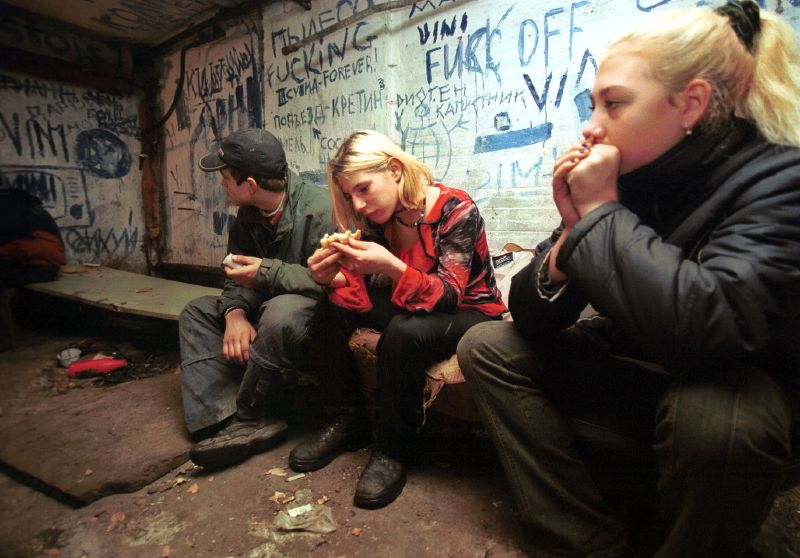Drug-related deaths, tragically, are increasing across England, up to 10,348 last year from 9,306 two years earlier, an 11 per cent increase.
Brighton and Hove is witnessing something similar, with deaths up 15 per cent in two years, to 96 fatalities.
Behind these bare statistics are men and women who were the partners, the sons and daughters, sisters and brothers of others who will be grieving their untimely deaths. Each death is a tragic loss and should be deeply mourned.
The Brighton death rate is almost twice the national average. Any death is one too many, and the recent increase is all the more depressing given progress made since the turn of the century when the number of drug-related deaths was 50 per cent higher than the latest figure.
Part of the improvement over the years is due to improved services and better working between organisations.
An example of an improvement relates to the former Regency House Hotel in central Brighton. In the late 1990s, it was a rundown and poorly managed hostel. It had an average of three deaths each year. Not all were drug-related but the majority were.
Brighton Housing Trust (BHT) acquired the property in 2002, refurbished it and we employ qualified and experienced staff.
Now known as the Phase One Project, we work in partnership with other organisations to make sure that the substance misuse and mental health issues of our residents are addressed.
It is not always an easy task but we see the lives of many individuals change for the better. Since 2002, just four residents have died, two from drug overdose.
In partnership with CRI (now known as CGL – Care Grow Live) and the NHS, the Phase One Project, piloted the use of naloxone, a drug that counteracts the effects of heroin and has helped save the lives of many men and women.
A further and most important partner in this successful intervention are addicts themselves who are trained to administer naloxone in the event of a friend or partner overdosing.
The death rate locally and nationally would be higher if it was not for the decision of the government to ban new psychoactive drugs, so called legal highs that had been freely available in “head shops” on the high street.
This blanket ban on the importation, production and supply of these drugs has seen a massive reduction in their use and, consequently, the number of deaths fell by more than a half in the year following their ban, from 123 to 61.
The positive impact of the prohibition of this drug must surely be strong evidence against ongoing calls by some for the decriminalisation of other drugs.
Cocaine use is increasingly regarded as socially acceptable. It is a dinner party drug, used by middle class professionals and others. Over the last seven years, as its use has increased, so too have cocaine-related deaths which have quadrupled since 2011.
Talking about drug deaths is very sad and depressing. Fortunately, recovery from addiction is possible and we see it each and every day in BHT’s Addiction Services, where men and women achieve abstinence and long-term recovery, free from alcohol and other drugs.
Our latest annual review focused on the amazing work of our Addiction Services. Have a read and be inspired!
Andy Winter is the chief executive of BHT.










Since when is 15% twice 11%?
Er, the death rate is not the same as the rise in the number of deaths.